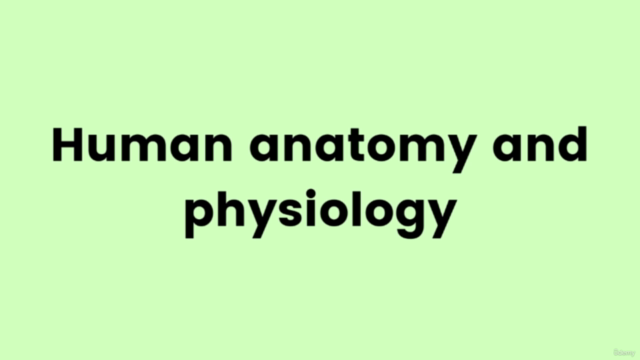Human Anatomy and Physiology Part-I
Body Systems Demystified: A Journey Through Anatomy and Physiology
4.90 (5 reviews)

46
students
1.5 hours
content
Apr 2022
last update
$44.99
regular price
What you will learn
Anatomical Identification: Identify and locate major anatomical structures and organs in the human body through dissection or anatomical models.
Physiological Processes: Describe the physiological processes that occur in various organ systems and how they contribute to maintaining homeostasis.
Anatomical and Physiological functions of the human body.
Lifelong Learning: Cultivate a curiosity for continued learning and staying updated on developments in the field of human anatomy and physiology.
Data Interpretation: Interpret data related to human anatomy and physiology, including graphs, charts, and experimental results.
Screenshots




Related Topics
4620912
udemy ID
3/31/2022
course created date
4/21/2022
course indexed date
Bot
course submited by